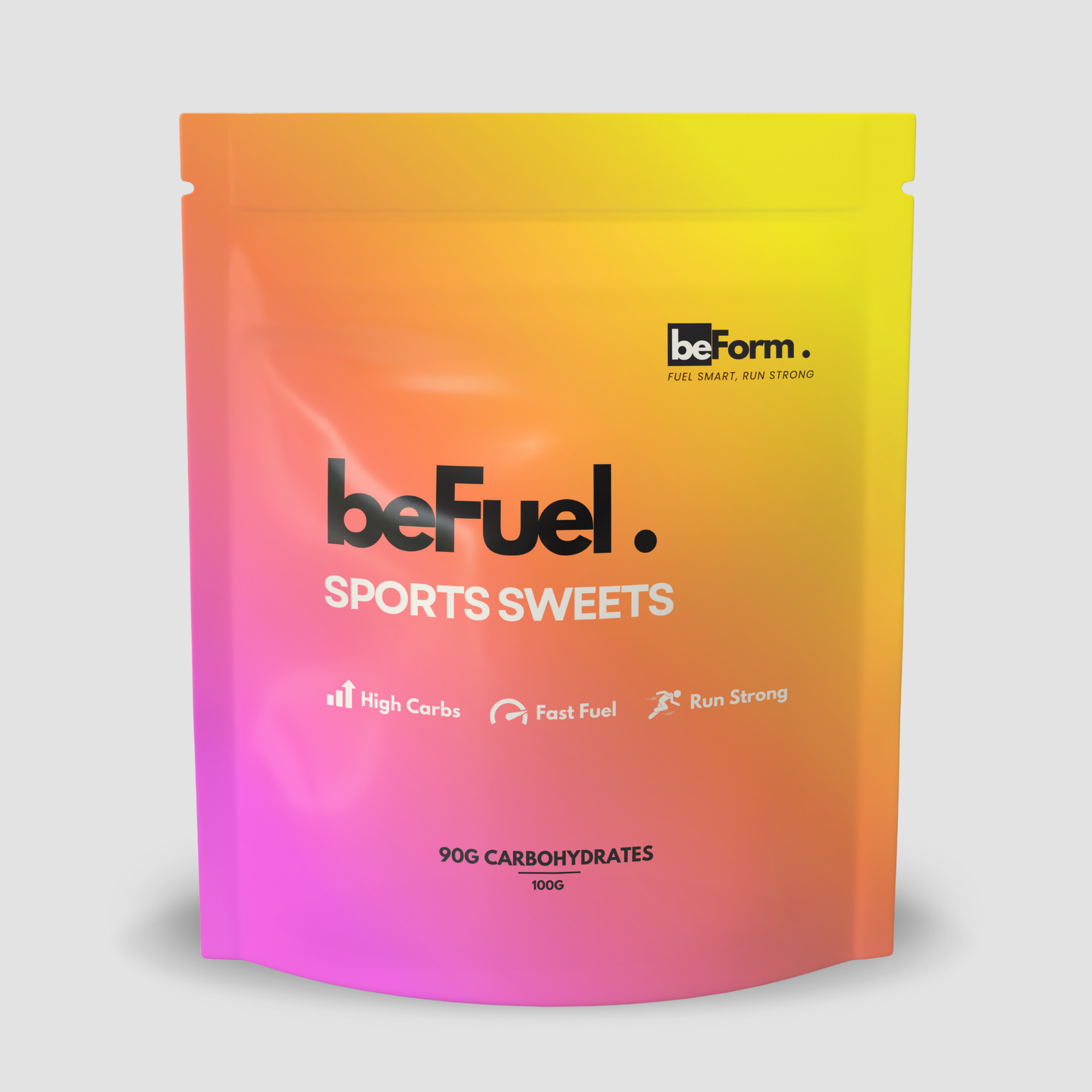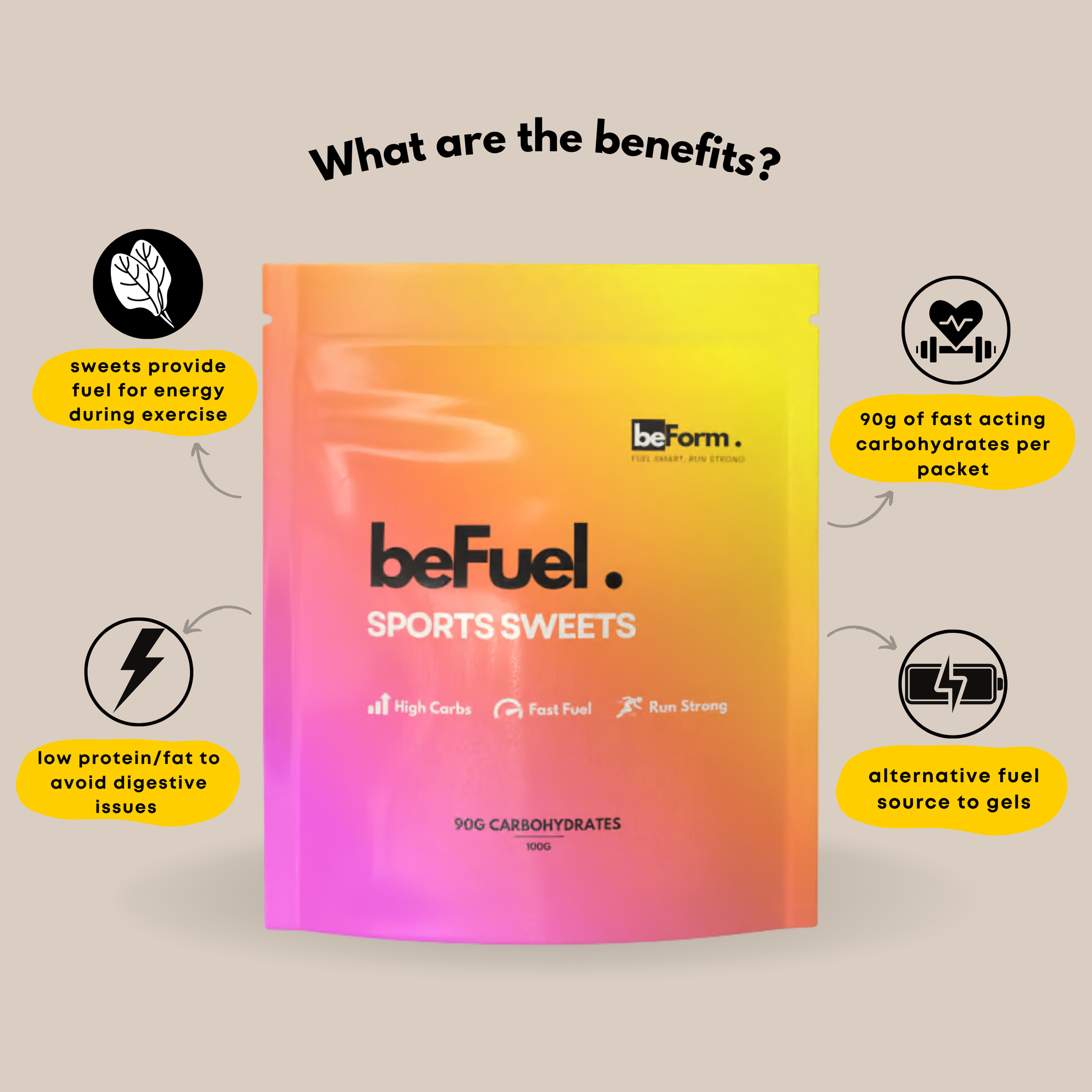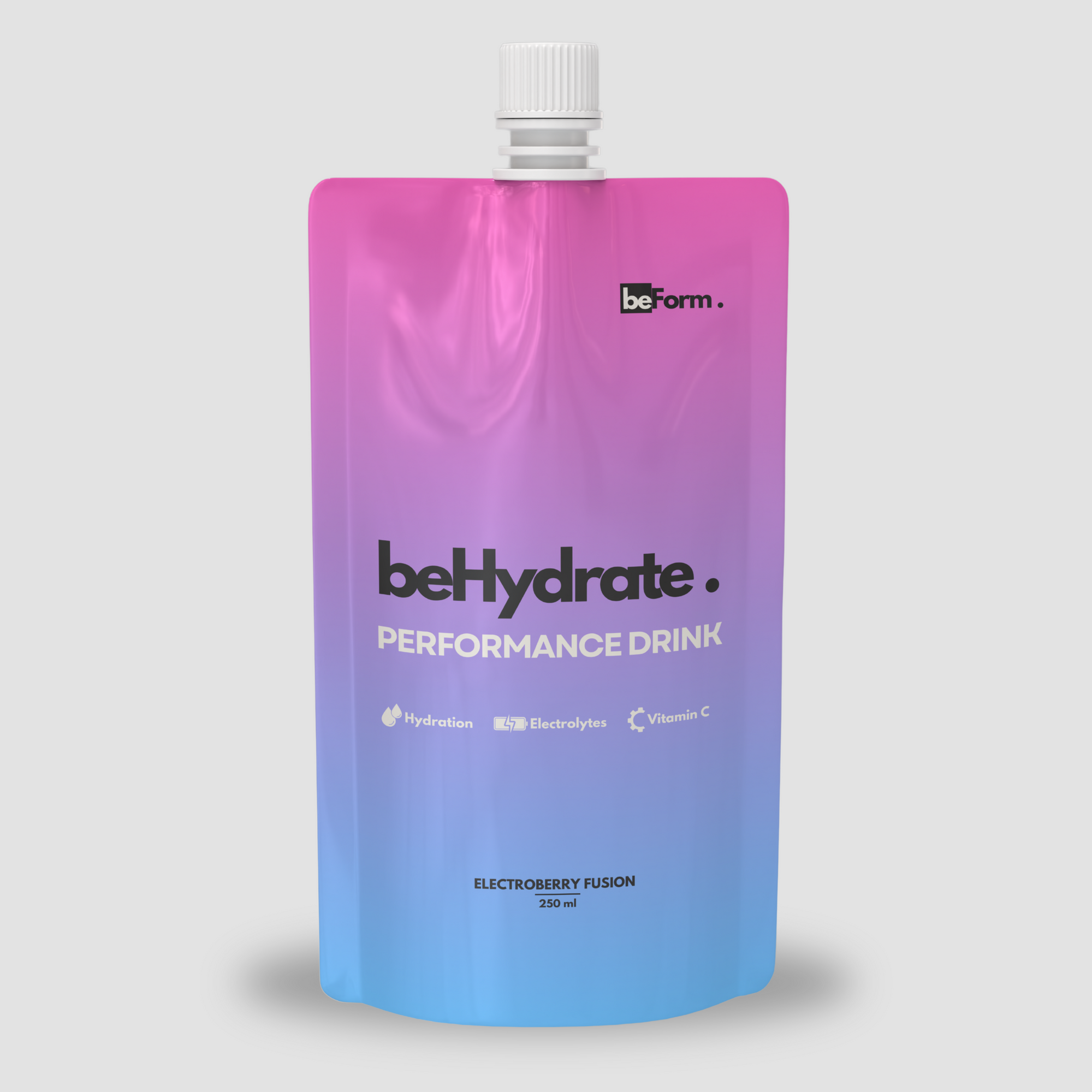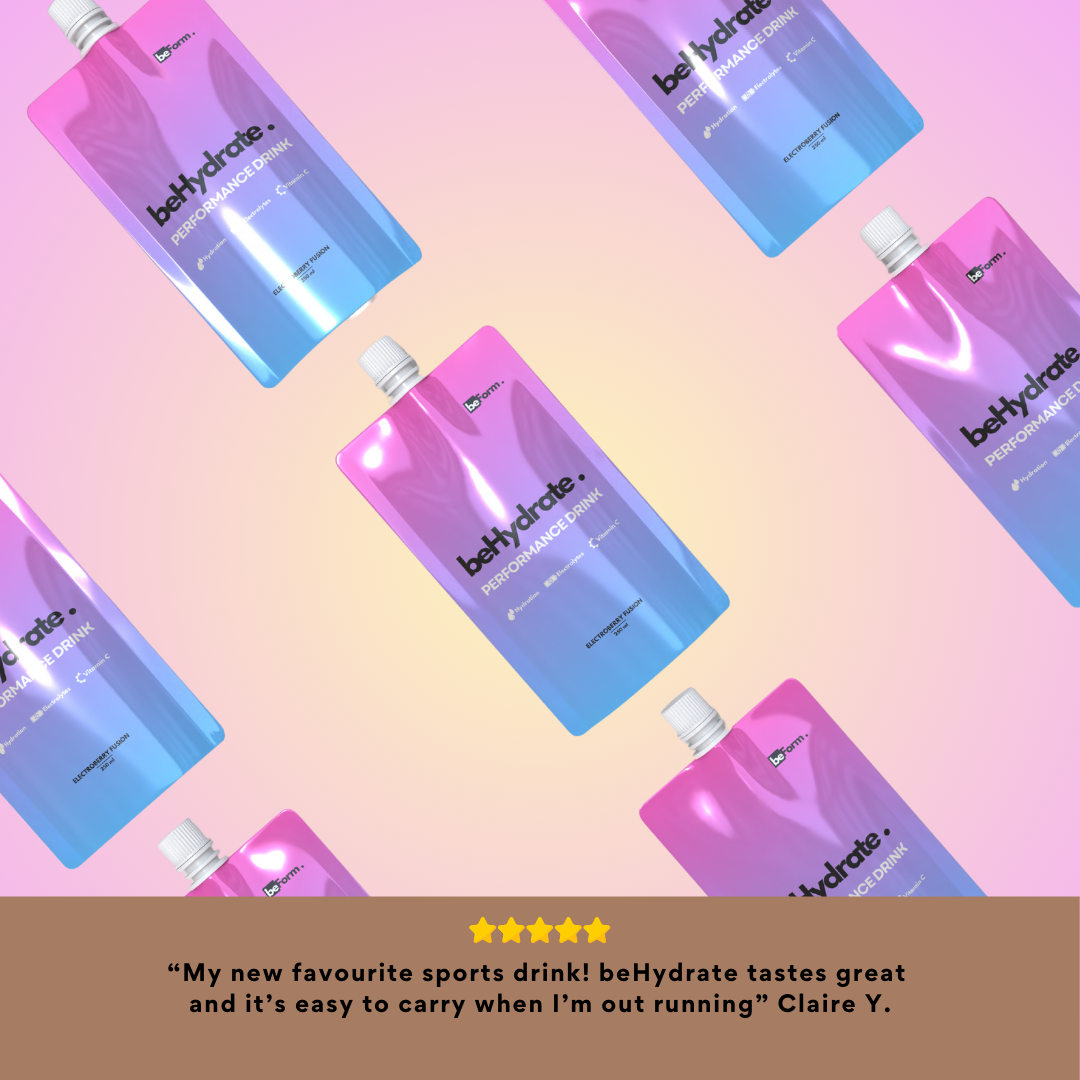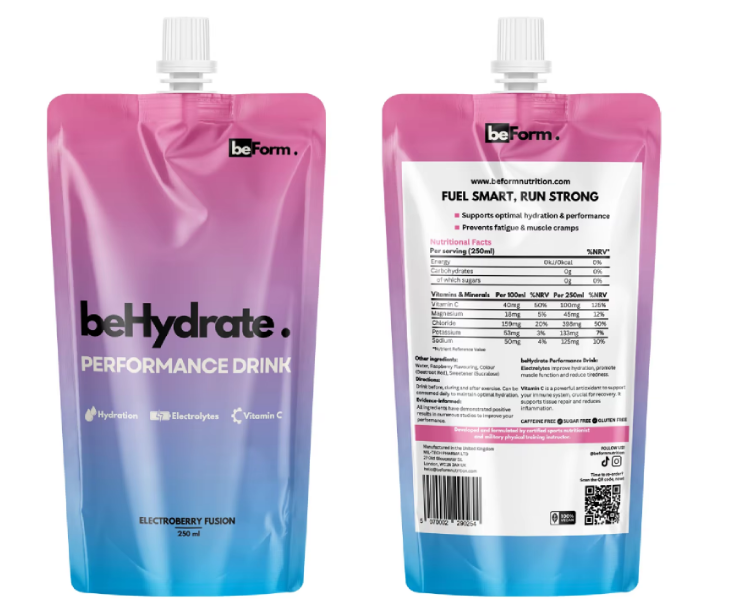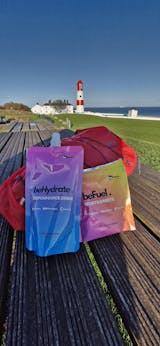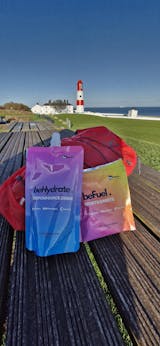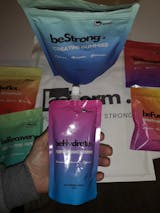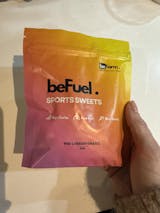Quick Summary
Prioritising recovery is vital for runners to enhance their performance and prevent injuries. By implementing effective recovery strategies such as proper hydration, nutrition, stretching, and possibly joint supplements, runners can ensure their bodies heal efficiently and are prepared for future workouts.
Understanding the Importance of Recovery
Running is incomplete without recovery. It is the basis for improved performance and injury prevention. After each run, your body goes through a series of physiological processes that are aimed at repairing muscles that have been overworked during exercise.
These processes are vital for maintaining a healthy muscle system since running causes micro-tears to the fibres of the muscles that need time and nutrition to heal. These micro-tears may accumulate without adequate recovery and lead to overuse injuries.
A good recovery also improves performance. Prioritising recovery allows runners to adapt their bodies to the physical demands they face during their workouts. This adaptation is essential for building strength, speed, and endurance.
During the recovery phase, for example, the body replenishes its glycogen stores, which are vital to sustain energy during future runs. The body's repair mechanisms also work to strengthen muscles and connective tissue, and make runners less susceptible to injury in subsequent workouts.
To maximise these benefits, it is important to practice recovery practices such as hydration and nutrition, stretching and rest. Foam rolling can help reduce muscle soreness, while gentle stretching maintains flexibility and mobility.
Hydration helps to reduce muscle cramps and fatigue. A diet rich in protein also supports muscle repair. It is important to listen to your body and respect your limits. You should also be aware of signs like fatigue or persistent pain that indicate you need more rest.
Recovery is not a passive process; it is a dynamic one that contributes significantly to a runner’s long-term success. Understanding and prioritising the recovery process will help runners improve their performance and reduce the risk of injury, leading to a more enjoyable and sustainable experience.
Effective Stretching Techniques Post-Run
Stretching is a vital part of the recovery process after a run. It can improve flexibility, reduce muscle tension and prevent injuries. Stretching techniques that are effective can help runners recover faster and maintain their performance. Stretching after a run should focus on the major muscle groups used during running, such as the hamstrings and quadriceps.
The hamstrings are a primary target for stretching. You can stretch your hamstrings while seated or standing by gently reaching towards your toes with one leg. Hold the position for 15-30 seconds. This technique is not only effective in releasing tight hamstrings but also improves circulation and overall recovery.
The quadriceps should be addressed next. The standing quad stretch is beneficial. This involves pulling the heel towards the glutes while standing upright. This position should be held for 15 to 30 seconds on each leg to allow the quadriceps time to relax and lengthen after being contracted while running.
A wall can be used to maintain balance and perform calf stretches. Running can stretch the gastrocnemius muscle and soleus muscle by placing one foot behind the other and pressing the heel of the back foot into the ground. Holding each stretch for 15-30 seconds will provide adequate benefits.
Finally, the hip flexors are stretched by performing a squat stretch. With one leg forward and the other extended behind, the runner should kneel until a gentle stretching is felt on the front of the hip.
The timing of these stretches after a run is important. Stretching should be done within 15 minutes of exercise, while the muscles are still warm. This will increase its effectiveness. Regularly incorporating these targeted stretching techniques into recovery routines will help you achieve faster recovery times and better overall performance on future runs.
Foam Rolling for Muscle Recovery: Benefits and Uses
Foam rolling is a technique that has become popular among athletes and fitness enthusiasts to enhance muscle recovery after a run.
This self-myofascial method involves using a roller to relieve muscle soreness, increase flexibility, and improve blood circulation. All of these are essential for an effective recovery. Foam rolling relieves soreness by applying pressure to specific muscles.
Foam rolling has a key role in reducing delayed-onset muscle soreness, which can manifest 24 to 72 hours following strenuous exercise.
Foam rolling can help runners reduce the intensity and duration of their muscle pain. The technique also helps improve flexibility by breaking up adhesions in the muscles and scar tissue. This allows for a greater range of motion. Enhanced flexibility can lead to improved performance in subsequent runs.
Foam rolling also promotes blood circulation to the targeted muscles, allowing for faster nutrient delivery. This increased circulation is crucial to muscle recovery and allows the body to heal more effectively. Foam rolling is most effective when it is done on areas that are commonly affected by running. These include the quadriceps and IT bands, as well as the hamstrings.
Start by placing the foam roller under the targeted muscle and applying gentle pressure. Roll the foam roller back and forth slowly for 30 seconds to a minute, pausing at any tight spots so that the muscle can release. As your muscles adapt, increase the pressure gradually. Regular foam rolling can improve muscle recovery. It is an essential tool for runners and other high-impact sports.
Proper Hydration: Fueling Your Recovery
Hydration is an important part of recovery after a run, as it directly affects muscle repair and performance. If not addressed properly, sweat and respiration can cause dehydration after a run.
Dehydration can cause fatigue, decrease physical performance, and hinder muscle recovery. Understanding the importance of proper water intake is therefore essential for runners who want to maximise their recovery.
It is important to replenish fluids as soon as possible after a run. A general guideline suggests drinking at least 600ml of water or an electrolyte-replenishing beverage within the first hour post-exercise.
Early rehydration can help mitigate the negative effects of dehydration and support muscle recovery. It is also important to drink fluids throughout the rest of the day, especially if you sweated heavily during your run.
The replenishment of electrolytes is also important for the recovery process. During prolonged exercise, essential electrolytes like sodium, potassium, magnesium, and calcium are lost through sweat.
These minerals are essential for muscle function, and their depletion may cause muscle cramps, dizziness and impaired recovery.
Sports drinks, coconut waters, or electrolyte pills can be effective ways to restore these vital nutrients. If you prefer a more natural approach, foods rich in electrolytes, such as bananas and avocados, can help with recovery.
Implementing effective hydration techniques can enhance overall recovery for runners. To achieve optimal recovery, it is important to drink a mixture of electrolyte-rich drinks and water, pay attention to fluid intake after exercise, and incorporate foods that replenish electrolytes.
Proper hydration is essential for runners to improve muscle repair, reduce fatigue and prepare them for future training sessions.
Nutrition and Post-Run Recovery
Nutrition is crucial to the recovery process after a run. It directly affects muscle repair, energy replenishment and overall physical condition.
After a hard workout, the body needs a combination of carbohydrates, proteins and fats to recover, replenish glycogen and rebuild muscle tissue. Understanding the nutritional requirements post-run will improve an athlete's performance and speed of recovery.
Carbohydrates replenish the glycogen stores that are depleted by exercise. A meal or snack rich in carbohydrates should be eaten within 30-60 minutes of a run. Bananas, pasta, rice and energy bars are all good choices. These foods are a great way to replenish energy levels and prepare the body for physical activity.
Proteins are essential for muscle repair and recovery. After a run, it is important to include protein-rich foods like lean meats and eggs, dairy products or plant-based sources such as beans and lentils.
For optimal recovery, a 3:1 or 4:1 ratio of carbohydrates to proteins is usually recommended. This combination promotes muscle repair and recovery, which will ultimately lead to better performance during future running sessions.
While fats are often viewed with caution in post-run nutrition, they should not be ignored. Healthy fats such as avocados and olive oil can help with nutrient absorption. They also provide sustained energy. It is important to limit fat intake after exercise as high-fat foods can delay digestion and recovery.
The timing is also an important aspect of post-run nutritional care. The recovery process is maximised by consuming the right nutrients soon after completing a workout. A routine of balanced meals, including pre-and post-run meals, with carbohydrates, proteins and healthy fats, can improve an athlete's recovery.
Joint Supplements: Supporting Recovery & Joint Health
It is important to recover properly after a run to maintain joint health and optimise performance. Joint supplements are popular among runners and other athletes because they can help support recovery by reducing joint inflammation and providing essential nutrients.
These supplements contain ingredients like turmeric and ginger.
Turmeric has shown it helps reduce pain and improve joint mobility, which can help relieve stiffness after strenuous exercise.
Reports show that ginger is good for joints because it acts as a natural anti-inflammatory. Compounds like gingerol or shogaol inhibit inflammatory pathways, and this can be especially beneficial for conditions such as osteoarthritis, where joint inflammation can cause discomfort.
Conclusion: Creating a Personalised Recovery Plan
A tailored recovery plan will help you optimise your post-run performance and ensure that your body heals efficiently. Recovery strategies should be tailored to each runner's specific running habits, fitness levels, and personal needs.
Start by evaluating the typical running routine you follow: distance, frequency, and intensity. This assessment will allow you to determine how much effort and recovery time you will require.
It is important to follow the strategies outlined in this guide. Stretching is a great way to promote flexibility and relieve muscle tightness after a run.
Stretching should be done in a structured way, targeting all major muscle groups. Pay special attention to your legs and hips. Foam rolling should also be a part of your routine. This technique helps to release muscle knots, prevent injuries and enhance recovery time.
It is important to maintain proper hydration. It is important to replenish fluids lost after a run in order to avoid dehydration. This will also help with muscle recovery.
Consider the environmental factors, such as temperature and moisture, as well as your run's length, when planning your hydration. Nutrition is also important for recovery, along with hydration. Consume a balanced meal after your run that includes carbohydrates and protein to support muscle repair.
Joint supplements can also be helpful. Depending on the needs of your body and any previous injuries, ginger and turmeric may reduce inflammation and promote joint health. It is important to listen to your body and adjust your recovery methods based on your feelings after each run.
Don't hesitate to change your plan if you notice that certain areas need more attention or that different strategies are yielding better results. To improve your performance and achieve your running goals, personalisation is key.
Please share any insight or advice on our Facebook page so we can all work together and overcome this obstacle and enjoy running to the fullest.











